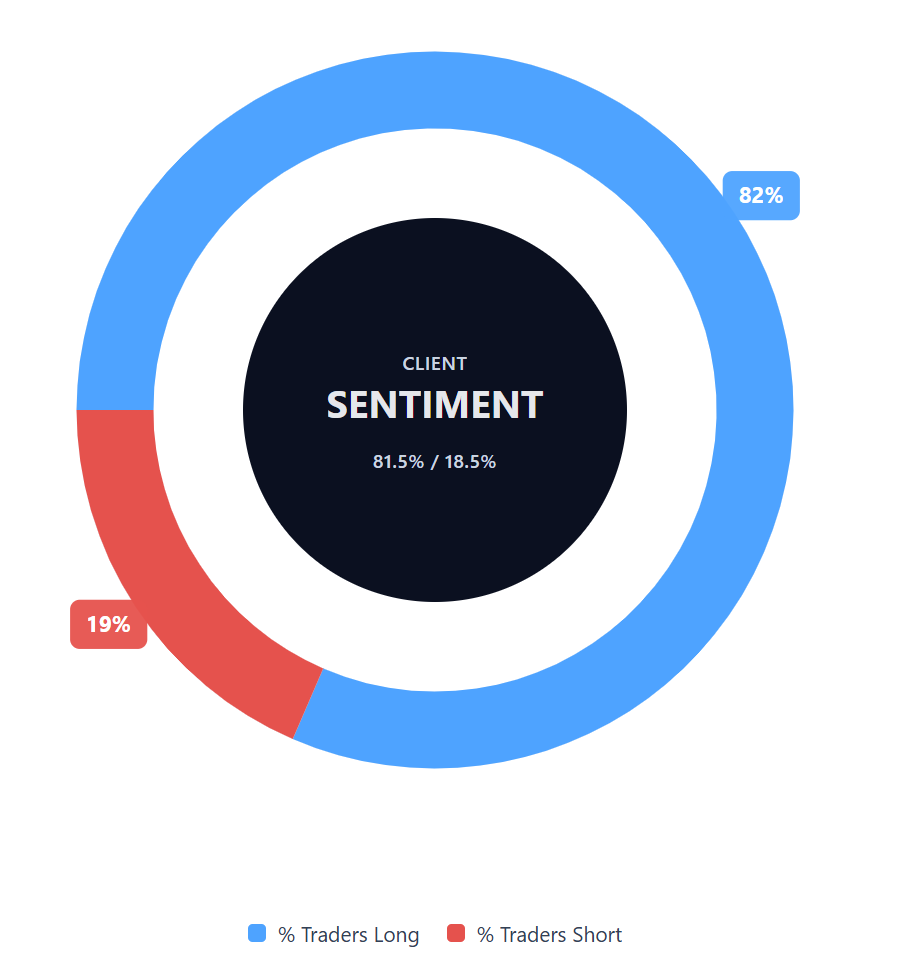Tesla stock forecast: Third-party price targets
Tesla (TSLA) is trading at $434.70 as of 10:01am UTC on 15 October 2025, near its intraday high of $435.38 and well above the day’s low of $419.83.
The expiration of the $7,500 electric vehicle (EV) tax credit prompted a surge in third-quarter deliveries, with Wall Street estimating around 441,500 Tesla vehicles ahead of the deadline (Reuters, 1 October 2025). However, European demand softened, with German registrations falling 9.4% in September (Reuters, 6 October 2025).
Tesla stock forecast: Analyst price target view
UBS (house view)
UBS raised its price target to $247 as of 6 October 2025, maintaining a neutral rating amid an expected improvement in post-delivery financial results and a growing focus on Tesla’s artificial intelligence (AI) and robotics initiatives (Yahoo Finance, 8 October 2025).
Goldman Sachs (house view)
Goldman Sachs reaffirmed a neutral rating and set a $395 price target as of 18 September 2025, noting that long-term earnings-per-share (EPS) growth may be supported by structural expansion in autonomy and robotics, even as near-term auto margins remain under pressure (CNBC, 18 September 2025).
Mizuho (sector outlook)
Mizuho increased its price target to $450 as of 22 September 2025, maintaining an outperform rating, with continued US electric vehicle (EV) sales strength expected ahead of credit expirations and rising revenue from autonomous software (Yahoo Finance UK, 23 September 2025).
Piper Sandler (growth focus)
Piper Sandler lifted its target to $500 as of 22 September 2025, keeping an overweight rating, citing Tesla’s position in AI-enabled vehicles and robotaxis as a key driver amid growing competition from China (Investing.com UK, 22 September 2025).
Predictions and third-party forecasts are often unreliable, as they can’t account for unforeseen market developments. Past performance isn’t a reliable indicator of future results.
TSLA stock price: Technical overview
On the daily chart, TSLA is trading at $434.70 as of 10:01am UTC, holding above its key moving average cluster – approximately the 20-, 50-, 100- and 200-day moving averages (DMAs) at ~434 / 380 / 351 / 335 – with a 20-over-50 configuration remaining intact. Momentum is neutral: the 14-day relative strength index (RSI) stands at 54.2, and the average directional index (ADX) at 34 indicates an established trend.
The first area to watch on the upside is the $532 pivot; a daily close above this level could bring the $600 region into focus. On pullbacks, initial support lies near $407, followed by the $351 simple moving average (SMA) level. A sustained move below this zone could signal a deeper retracement toward the 200-DMA around $336 (TradingView, 15 October 2025).
This is technical analysis provided for informational purposes only and does not constitute financial advice or a recommendation to buy or sell any instrument.
Tesla share price history
After trading around $254 in October 2023, TSLA declined to a two-year low near $164 in mid-March 2024 amid broader market weakness. The stock recovered through late 2024, peaking above $473 in December, before consolidating around $302 at the start of 2025 and setting an intraday high of $479 on 2 October 2025.
Tesla shares last closed at $434.22 on 14 October 2025.
Past performance is not a reliable indicator of future results.
Capital.com’s client sentiment for Tesla CFDs
As of 15 October 2025, Capital.com client positioning on TSLA CFDs currently shows 81.5% buyers and 18.5% sellers, indicating a strongly long bias, with buyers ahead by 63.1 percentage points (pp).
This data reflects open positions on Capital.com and is subject to change.

FAQ
Is Tesla a good stock to buy?
Tesla remains one of the most actively traded stocks in global markets, attracting attention for its role in electric vehicles (EVs), automation, and AI development. However, whether it’s a suitable option depends on your individual circumstances, objectives and risk tolerance. Always carry out your own research, and remember that past performance isn’t a reliable indicator of future results.
Could Tesla stock go up or down?
Like any listed company, Tesla’s share price can rise or fall depending on investor sentiment, company performance and broader economic conditions. Factors such as vehicle deliveries, profit margins and developments in AI or robotics may influence price movements, but no forecast can guarantee future performance.
Should I invest in Tesla stock?
Investment decisions should be based on independent research and a clear understanding of the risks involved. While analysts have issued price targets for 2025, these represent opinions rather than guarantees. Always consider both potential gains and losses before opening a position. Past performance is not a reliable indicator of future results.